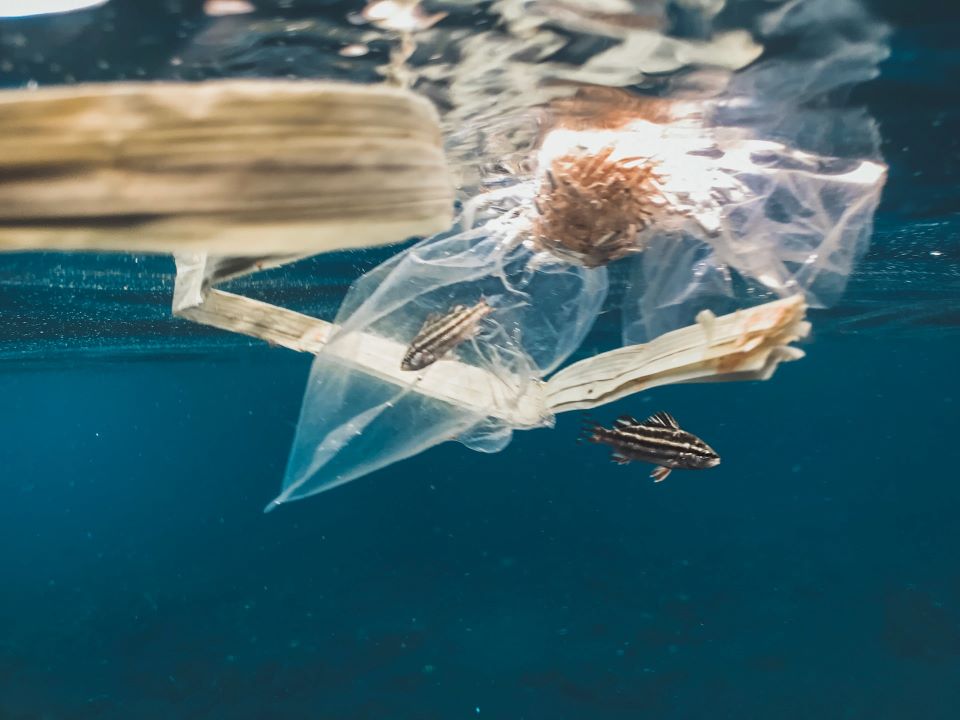Waste accumulates on beaches, oceans, and seafloors. The Strait of Messina’s seabed in the Mediterranean Sea provides 1 million objects per square kilometer. Scientists estimate that waste on the ocean floor could grow up to 3 billion tons by 2050.
Seabed Landfills
Recently, scientists have observed the Strait of Messina, the area between Italy and Sicily. They found that this area in the Mediterranean is so littered with waste that it is currently considered to be the place with the highest density of marine waste at the seabed. According to a report published in the journal Environmental Research Letters journal, there are about 1 million objects per square kilometer in the Strait of Messina.

Two biologists, Miquel Canals of the Earth Sciences Faculty at the University of Barcelona, and Georg Hanke of the Joint Research Center (JRC) of the European Commission estimate that waste in the ocean floor could grow to 3 billion tons of metric units (Mt) in the next 30 years.
Ocean Waste
Semi-enclosed and inland seas, coastal areas, and the mouth area of large rivers are the most affected zones, as well as areas of regular fishing. The most numerous wastes include plastics, metal, fishing tackle, glass, paper, and textiles. Plastics make up more than 60% of ocean floor waste.

Human activity, including, adversely affects the state of the oceans, seabed, and beaches, which turn into landfills. An incredible 700 species of marine fauna and flora, endangered by marine waste, have been included in the critically endangered species red list. Animals get stuck in fishing nets, PET bottles, or cans – which leads to serious injuries, or worse, death.
But that’s not all. Other hazardous substances such as pesticides, herbicides, heavy metals, drugs, radioactive substances, and other compounds are an invisible killer of marine life.
Source: https://truththeory.com/ocean-floor-littering-cause-growth-in-marine-waste/, featured image by ATDSPHOTO from Pixabay




